Battlefield 1 also has a larger scope than ever, primarily through the new 'Operations' mode. Operations are miniature multiplayer campaigns that take place over two or three maps, essentially expanded versions of the staple Rush mode. One team must assault the fortified position of another team, capturing objectives and pushing their lines further and further back until they run out of lives. The attacking force are given three offensive 'waves'. In the second and third wave, their offense is bolstered by a 'Behemoth' unit, such as an armoured train, an offshore dreadnought, or an overhead Zeppelin, each of which pounds the defensive force with heavy ordnance until it is destroyed.
It’s a superb mode; vast, intense, and thrilling. The only downside is it’s currently far easier to defend than attack, simply because the static positioning of the defensive side means players are more naturally organised, compared to the drip-feed assaults of the attacking force. I also think the mode is over reliant on the Behemoths for balance, which doesn’t work if the defensive force take it out early in a round.
The other new mode is War Pigeons, an unintentionally absurd twist on the Obliteration mode of previous games. It involves both sides fighting over messenger pigeons, which they must capture and hold long enough to write a message and send it back to base. I struggled to take it seriously after realising it’s essentially a playable version of Dastardly and Muttley in their Flying Machines. But it’s still silly fun, if silly fun is what you’re looking for in a game about one of the greatest human tragedies in history.
As for Conquest and Rush, it’s pretty much business as usual, aside from the fact that either side can now call in a Behemoth if they are being particularly pummelled by the opposition. As always, though, these modes are mainly kept fresh by the new influx of maps, which range from the knee-deep mud and ruined buildings of St Quentin’s Scar, to the sniper-strewn slopes of Monte-Grappa, and the terrifyingly open deserts surrounding Fao Fortress.
More impressive than the maps themselves is how they evolve over time. Player-fired artillery produces crater-pocked landscapes and blown-out buildings, resulting in maps that look and play radically differently from beginning to end, while also highlighting the destructive ferocity of the fighting during the Great War. There are other elements of play that emphasise the period setting too. A gun fixed with a bayonet enables the player to
perform a speedy bayonet charge, while all players are equipped with gas masks to defend against gas grenades. Putting one on will stop you suffocating, but muffles sound, limits vision, and prevents you from aiming down the sights. Fighting close quarters in a building filled with gas is terrifying, and its moments like those which stick out most prominently in my mind.
There’s no question that Battlefield 1 is the change in direction the series needed. It’s certainly a far better fit than the fetishisation of a militarised police force seen in Hardline. It also does justice to both the scale and intensity of the 20th century’s most mourned conflict, albeit perhaps not the human horror of it (pigeon hot-potato, anyone?). It isn’t a revolution for the series, but the improved single-player and back-to-good multiplayer make it the best Battlefield since 3, and well worth a look if you’ve written the series off.
It’s a superb mode; vast, intense, and thrilling. The only downside is it’s currently far easier to defend than attack, simply because the static positioning of the defensive side means players are more naturally organised, compared to the drip-feed assaults of the attacking force. I also think the mode is over reliant on the Behemoths for balance, which doesn’t work if the defensive force take it out early in a round.
The other new mode is War Pigeons, an unintentionally absurd twist on the Obliteration mode of previous games. It involves both sides fighting over messenger pigeons, which they must capture and hold long enough to write a message and send it back to base. I struggled to take it seriously after realising it’s essentially a playable version of Dastardly and Muttley in their Flying Machines. But it’s still silly fun, if silly fun is what you’re looking for in a game about one of the greatest human tragedies in history.
As for Conquest and Rush, it’s pretty much business as usual, aside from the fact that either side can now call in a Behemoth if they are being particularly pummelled by the opposition. As always, though, these modes are mainly kept fresh by the new influx of maps, which range from the knee-deep mud and ruined buildings of St Quentin’s Scar, to the sniper-strewn slopes of Monte-Grappa, and the terrifyingly open deserts surrounding Fao Fortress.
More impressive than the maps themselves is how they evolve over time. Player-fired artillery produces crater-pocked landscapes and blown-out buildings, resulting in maps that look and play radically differently from beginning to end, while also highlighting the destructive ferocity of the fighting during the Great War. There are other elements of play that emphasise the period setting too. A gun fixed with a bayonet enables the player to
perform a speedy bayonet charge, while all players are equipped with gas masks to defend against gas grenades. Putting one on will stop you suffocating, but muffles sound, limits vision, and prevents you from aiming down the sights. Fighting close quarters in a building filled with gas is terrifying, and its moments like those which stick out most prominently in my mind.
There’s no question that Battlefield 1 is the change in direction the series needed. It’s certainly a far better fit than the fetishisation of a militarised police force seen in Hardline. It also does justice to both the scale and intensity of the 20th century’s most mourned conflict, albeit perhaps not the human horror of it (pigeon hot-potato, anyone?). It isn’t a revolution for the series, but the improved single-player and back-to-good multiplayer make it the best Battlefield since 3, and well worth a look if you’ve written the series off.


MSI MPG Velox 100R Chassis Review
October 14 2021 | 15:04


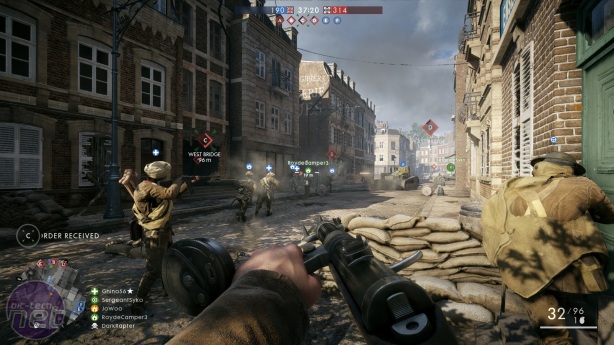
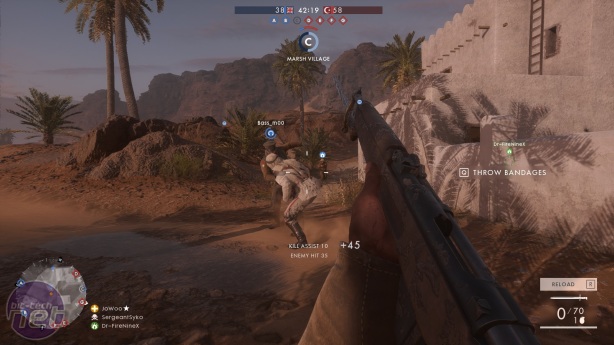
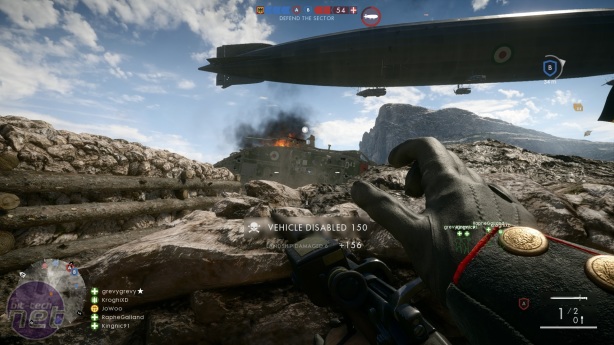
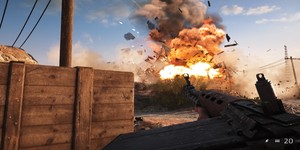
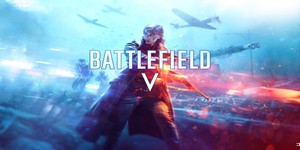
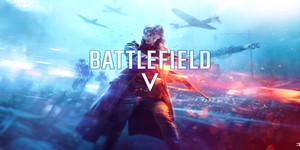





Want to comment? Please log in.